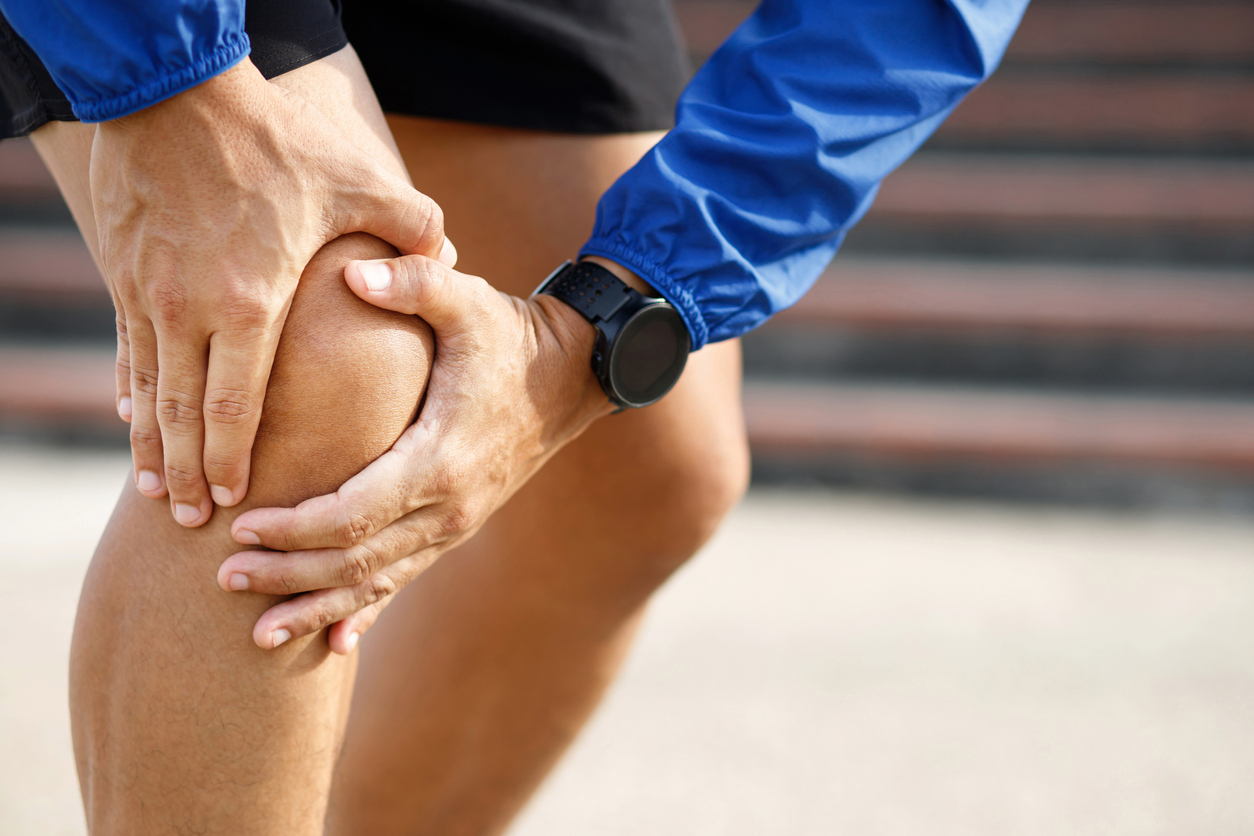Most of us have heard of the dreaded ‘ACL tear’.
Whether it’s your favourite footballer, netball star, tennis champion, elite athlete, or your own injury, we all know it means at least 12 months away from the sports field for the reconstructive surgery, rehab and recovery that’s needed to get back to full strength.
Sometimes, it even means the end of someone’s sporting career.
Lately, there has been a rise in incidence rates, especially among younger athletes.
But, thanks to an innovative new non-surgical approach, there is a promising alternative to the traditional ACL reconstruction surgery.
And one member of the expert team on this leading edge of treatment is Lifecare’s very own Jane Rooney.
Associate Professor Jane Rooney, a Specialist Sports & Exercise Physiotherapist at Lifecare Prahran Sports Medicine, is part of a team that is ushering in a new era of ACL care for athletes, with groundbreaking research into a less invasive treatment.
Jane, along with Associate Professor Stephanie Filbay, and their team are researching another ACL injury management option referred to as “Cross Bracing Protocol”.
Rather than more invasive surgery, it helps the injury by bringing together the torn ends of the anterior cruciate ligament (ACL) to encourage healing.
The “Cross Bracing Protocol” was developed by the late Mr Merv Cross and his son, Dr Tom Cross, in Sydney in 2019.
In simple terms, the knee is immobilised and held by a brace at 90 degrees for four weeks.
Over the next eight weeks, there is a gradual increase in the range of motion until the brace is finally removed.
It’s similar to the way a bone fracture is treated.
The plaster cast brings two ends closer together so they can heal. With an ACL injury, the knee brace brings the two torn ends together in the hope that a bridge of connective tissue will form and facilitate the healing.
Tom Cross, Jane Rooney and team have braced over 700 people now in the case series and have a developing understanding of which type of ACL ruptures heal best in the brace.
Importantly the brace is most effective if applied within 14 days of ACL injury.
As with all injuries like this, rehabilitation plays an essential role. At first, the physiotherapy treatment aims to reduce muscle wasting and joint stiffness in the brace. Once the brace is removed, the focus becomes on regaining strength, power, agility, and function so the person can return to their sport or activity.
Research shows promising results.
While it’s still early days, this new approach is showing promise and getting attention from around the world.
Results from a recent study by Jane’s team, published in the British Journal of Sports Medicine, showed impressive healing rates, good return to sport outcomes and excellent quality of life measures.
To get a better understanding of the effectiveness of the “Cross Bracing Protocol” compared to traditional surgery, the research team is about to start a new trial.
In the meantime, if you have any questions about management of your ACL injury just ask your Lifecare Physiotherapist or read Jane Rooney’s study here.

